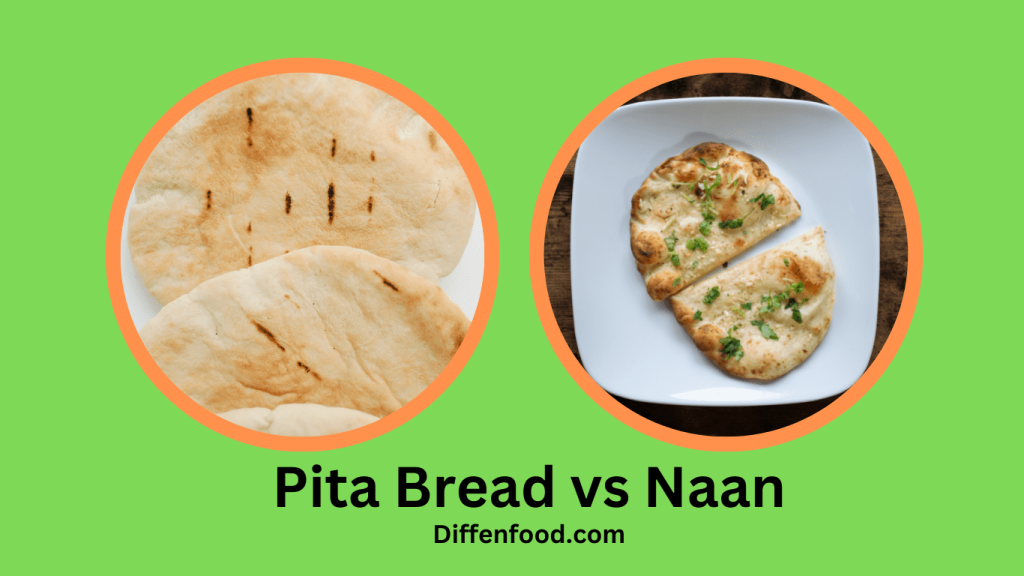
Yams and sweet potatoes have distinct differences in their botanical classification, shape, skin color, flesh color, taste, cooking method, texture, nutritional content, and culinary uses.
24 Difference Between Yams and Sweet Potatoes
Botanical classification
Yams belong to the Dioscoreaceae family, while sweet potatoes are part of the Convolvulaceae family.
Origin
Yams are native to Africa and Asia, while sweet potatoes are native to South America.
Shape
Yams are cylindrical, while sweet potatoes are typically more oblong or tapered at the ends.
Skin color
Yams have a rough, dark, and bark-like skin, while sweet potatoes have a smooth, thin skin that can range from light beige to dark orange.
Flesh color
Yams have a white, yellow, or purple flesh, while sweet potatoes have an orange, yellow, or white flesh.
Taste
Yams have a starchy, slightly sweet taste, while sweet potatoes are sweeter and moister.
Cooking method
People usually boil or roast yams, while they commonly bake or fry sweet potatoes.
Texture
Yams have a denser and drier texture, while sweet potatoes are softer and moister.
Nutritional content
Yams are a good source of fiber, potassium, and vitamin C, while sweet potatoes are rich in vitamin A, beta-carotene, and potassium.
Glycemic index
Yams have a lower glycemic index compared to sweet potatoes, which means they do not cause a sudden spike in blood sugar levels.
Availability
Yams are primarily grown in Africa and Asia, where they are an important staple crop. They are also grown in some parts of South America and the Caribbean. In these regions, yams are typically more affordable and widely available.
Sweet potatoes, on the other hand, are grown in many different parts of the world, including the United States, China, and Africa. They are generally more widely available and affordable compared to yams in most regions.
Storage
Store yams in a cool, dry place for several months, but store sweet potatoes in a cool, dry, and well-ventilated place and use them within a few weeks.
Yams prefer slightly cooler temperatures, around 13-16°C (55-60°F), while sweet potatoes prefer slightly warmer temperatures, around 18-21°C (65-70°F).
Cooking time
Yams take longer to cook than sweet potatoes because of their denser texture.
Culinary uses
Yams go well in stews, soups, and casseroles; sweet potatoes are great for pies, puddings, and side dishes.
Varieties
There are over 600 varieties of yams, while there are around 4,000 varieties of sweet potatoes.
Skin texture
The skin of yams is rough and fibrous, while the skin of sweet potatoes is thin and smooth.
Size
Yams can grow up to 1.5 meters long and weigh up to 70 kg, while sweet potatoes are typically smaller and lighter.
Growing conditions
Yams grow best in warm, tropical climates, while sweet potatoes can tolerate cooler temperatures and are grown in a wider range of climates.
Harvesting time
Yams are usually harvested after 6-12 months, while sweet potatoes can be harvested after 3-4 months.
Culinary traditions
Yams are a staple food in many African and Asian cuisines, while sweet potatoes are commonly consumed in North and South America.
Culinary importance
Yams are a major source of food and income for many rural communities in Africa and Asia, while sweet potatoes are also important in the agriculture industry and trade.
Cooking style
Yams are often cooked with spices and seasonings to enhance their flavor, while sweet potatoes are often prepared with brown sugar, cinnamon, and other sweet ingredients.
Dishes
Yams are commonly used in dishes like yam fries, yam chips, yam pudding, and yam cake, while sweet potatoes are used in dishes like sweet potato casserole, sweet potato pie, and mashed sweet potatoes.
Culinary history
Yams have been a staple food in Africa and Asia for thousands of years, while sweet potatoes have a long history in South America.
Both are versatile ingredients used in many dishes, and have health benefits.


